What Are the Top 5 Tips to Ensure a Sustainable PCB Manufacturing Environment?
In an era where sustainability is becoming increasingly crucial, industries are seeking ways to minimize their environmental impact. The PCB (Printed Circuit Board) manufacturing industry has recognized the importance of adopting eco-friendly practices without compromising quality and efficiency. In this blog post, we will explore the top five tips to ensure a sustainable PCB manufacturing environment, helping both manufacturers and customers contribute to a greener future.
1. Consider Material Selection:
Selecting environmentally friendly materials for PCB fabrication is the first step towards sustainability. Opting for materials that are RoHS (Restriction of Hazardous Substances) compliant, such as lead-free solder, flame-resistant laminates, and halogen-free substrates, significantly reduces the environmental impact of PCB manufacturing. These materials not only contribute to reduced emissions during production but also minimize the risk of hazardous waste during disposal.

2. Focus on Energy Efficiency:
Reducing energy consumption not only reduces costs but also makes a significant contribution to sustainability. PCB manufacturers can invest in advanced technology and machinery that optimize energy usage. Implementing energy-saving initiatives, such as using efficient lighting systems, upgrading equipment to more energy-efficient models, and adopting smart scheduling practices, plays a vital role in minimizing carbon footprint. Embracing renewable energy sources, such as solar power, can further enhance energy efficiency and sustainability.
3. Implement Waste Reduction Strategies:
Efficient waste management is a key aspect of a sustainable manufacturing environment. PCB manufacturers should strive to minimize waste generation at every stage of production. Implementing lean manufacturing principles that focus on reducing non-value-added activities and optimizing material usage helps lower waste volumes. Additionally, recycling and reusing waste materials, such as copper, solder, and components, can not only reduce waste but also offer cost benefits. Setting up proper waste disposal systems and partnering with certified recycling facilities ensure that any remaining waste is disposed of responsibly.
Additional reading:What are the top 5 benefits of lead-free PCBs for purchase?
Uncovering the Fascinating History of Resistors: Origins, Evolution, and Impact
Top Picks: STD3PK50Z In-Stock Electronic Components
Ultimate Guide to Custom LCD Screen Design
How do I know if my OLED is working?
Everything You Need to Know About Lead Free HASL PCBs
Exploring the Trend: Monochrome VATN LCD Displays
4. Embrace Green Manufacturing Practices:
Adopting environmentally friendly manufacturing practices is essential for a sustainable PCB industry. Implementing closed-loop water systems and appropriate treatment processes for wastewater significantly reduces water consumption and helps prevent water pollution. Utilizing air filtration systems and proper ventilation minimizes air pollution within the manufacturing facility. Furthermore, incorporating green supply chain practices, such as sourcing raw materials from sustainable suppliers and working with partners that prioritize eco-friendly practices, also contributes to a sustainable PCB manufacturing environment.
5. Promote Collaboration and Innovation:
To thrive in a sustainable manufacturing environment, PCB manufacturers should foster a culture of collaboration and innovation. Encouraging employees to share ideas on sustainability and providing opportunities for training and development in sustainable practices can yield innovative solutions. Collaboration with industry experts, research institutions, and environmental organizations can also generate new ideas and technologies. By constantly striving for improvement and innovation, PCB manufacturers can stay at the forefront of sustainability in the industry.
Conclusion:
As the demand for PCBs continues to grow, it becomes imperative for the industry to ensure a sustainable manufacturing environment. By implementing the top five tips outlined above - material selection, energy efficiency, waste reduction, green manufacturing practices, and promoting collaboration and innovation - PCB manufacturers can contribute to a greener future without compromising on quality or efficiency. Embracing sustainability not only benefits the environment but also enables long-term success and credibility in an increasingly ecology-conscious world. Together, let's make a difference by transforming the PCB manufacturing industry into a shining example of sustainable practices.
For more consumer electronics pcb , security product pcb board , consumer electronics pcb information, please contact us. We will provide professional answers.
Additional reading:Is it worth investing in film type resistors at the purchase stage?
What are the 4 types of resistors?
Which type of fixed resistor is best for bulk purchases at the purchase stage?
Revolutionizing Long-Distance Relationships in the Philippines: How?
RF Cable Assembly: The Backbone of Seamless Communication
USB-C Cables: Empowering Connectivity and Efficiency
Understanding Wire Wound Resistors: A Comprehensive Guide
160
0
0
Related Articles
-
227
0
0
-
235
0
0
-
212
0
0
-
227
0
0
-
220
0
0
-
225
0
0
-
236
0
0
-
215
0
0


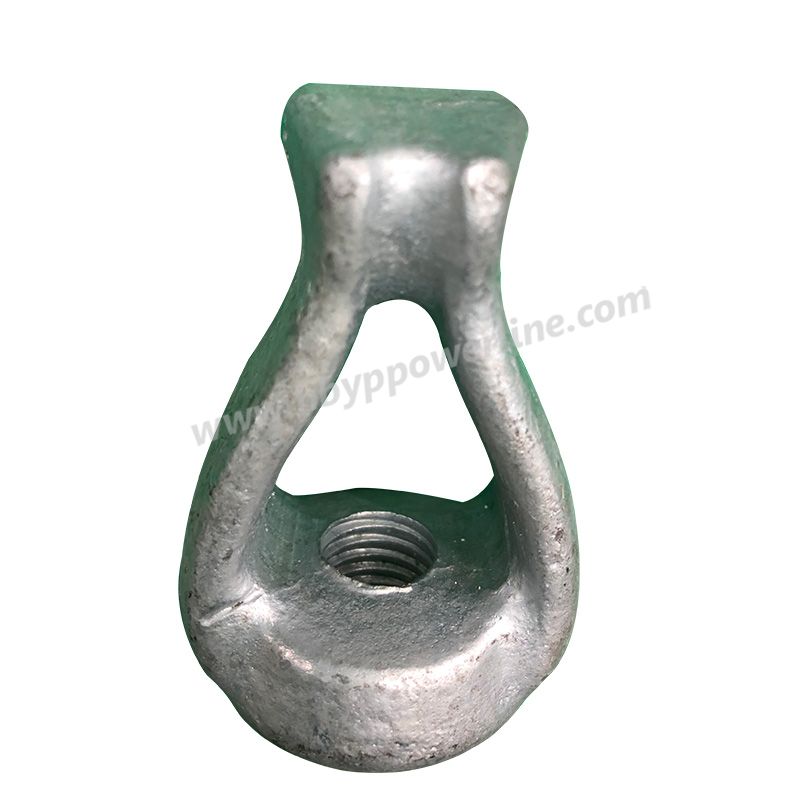
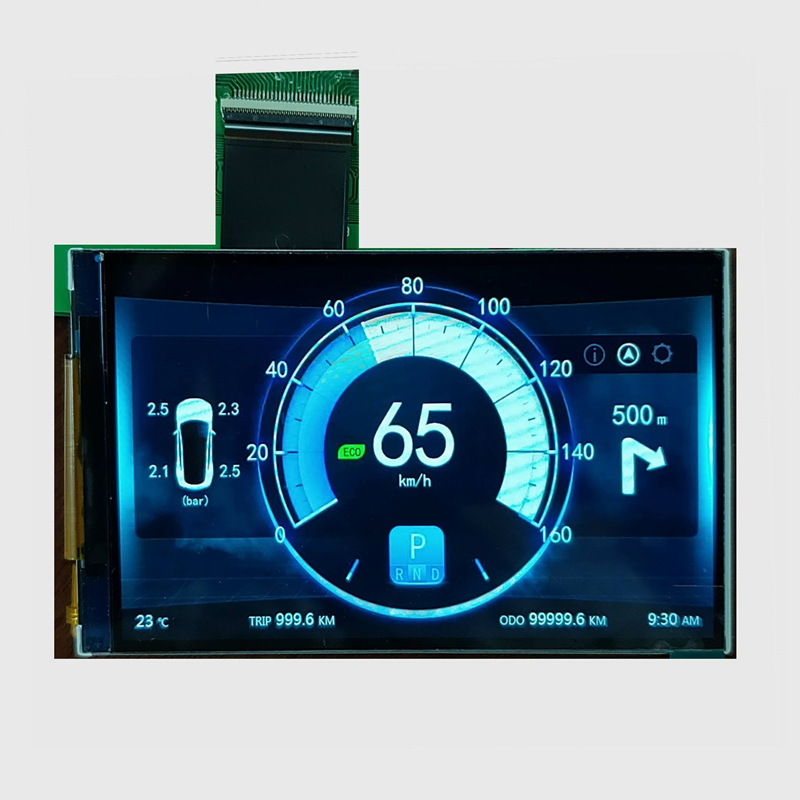
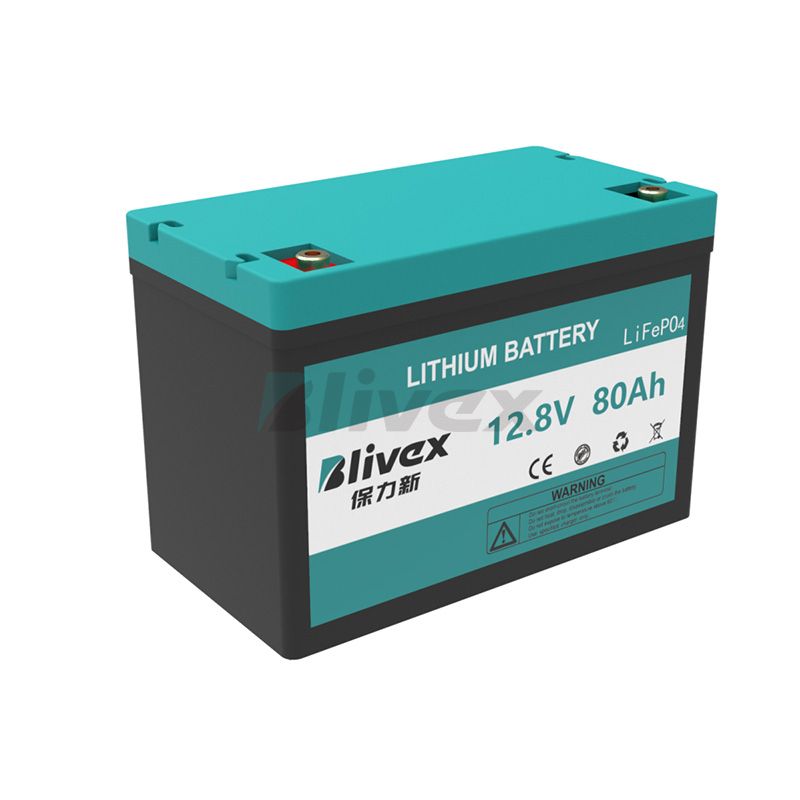
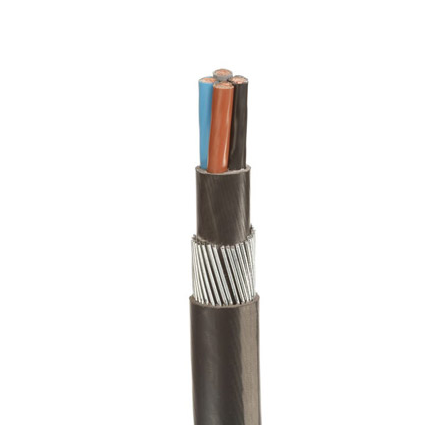

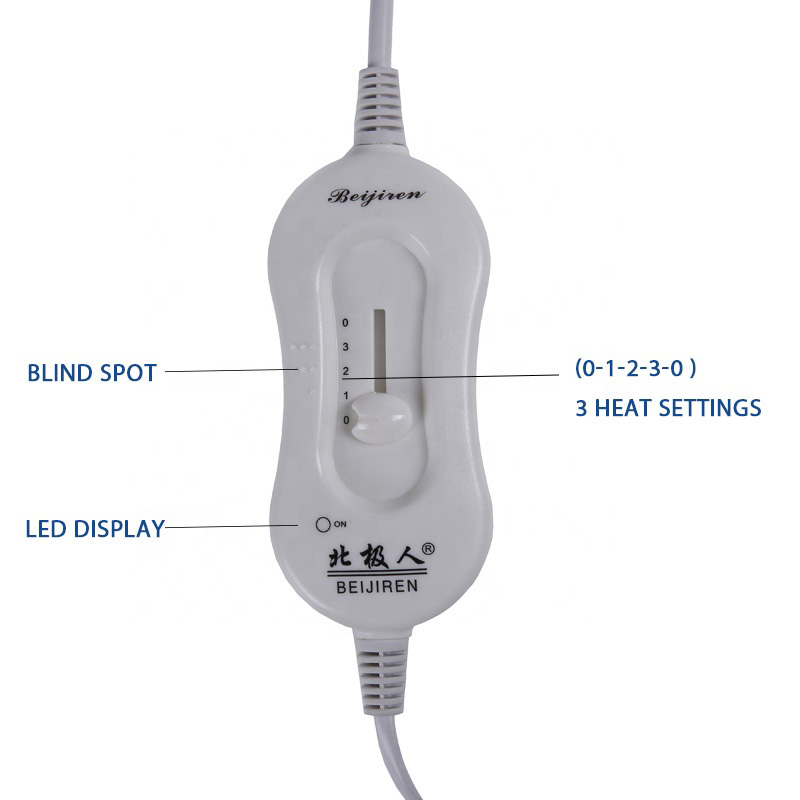
Comments
All Comments (0)